Quick Summary: Top Recommendations at a Glance
If you are in a rush and just need to save your furniture (and your puppy’s gums), here is a quick breakdown of our top picks.
Pros and Cons of Puppy Chew Bones
Chew bones are essential tools, but they aren’t magic wands. Here is the reality of using them during the teething phase.
Pros:
- Pain Relief: Chewing helps relieve the pressure of incoming adult teeth, soothing sore gums.
- Behavior Redirection: A good bone gives your puppy a legal outlet for chewing, saving your baseboards and shoes.
- Dental Health: Mechanical chewing action helps scrub soft tartar off puppy teeth.
- Mental Stimulation: Working on a chew bone burns mental energy, often calming a hyperactive puppy down.
Cons:
- Choking Hazards: If a bone breaks into chunks or gets too small, it becomes dangerous instantly.
- Digestive Upset: Edible chews or swallowing plastic fragments can cause diarrhea or blockages.
- Tooth Damage: Giving a rock-hard bone to a puppy with fragile baby teeth can fracture them.
- Resource Guarding: High-value bones can sometimes trigger guarding behavior in susceptible puppies.
Introduction
It starts innocently enough. You bring home a bundle of fur, and for the first few days, everything is perfect. Then, the “land shark” phase begins. Suddenly, your favorite sneakers have holes, the coffee table leg looks like a beaver attacked it, and your hands are covered in tiny scratches. As U.S. dog owners know all too well, puppy teething is a rite of passage that tests patience.
Choosing the right chew bone isn’t just about distracting your dog; it’s a safety decision. A bone that is too hard can shatter a puppy’s fragile deciduous teeth. A bone that is too soft might be swallowed whole, leading to a terrifying emergency vet visit. At Tailwaves, we don’t just look at packaging claims. We evaluate products based on material density, durability against needle-sharp puppy teeth, and ingredient safety.
We understand that navigating the pet aisle can be overwhelming. Every package claims to be “long-lasting” or “safe,” but few explain why. This guide cuts through the marketing noise. We’re focusing on what actually works for American households, balancing safety with the desperate need to keep a puppy occupied.
Why This Topic Matters
You might think a bone is just a bone, but for a developing puppy, the wrong choice can have lifelong consequences. Scientifically, chewing is a biological imperative for dogs. It releases endorphins in the brain, providing a natural calming effect. However, the mechanics of a puppy’s jaw are different from an adult dog’s.
Veterinarians often see two extremes in their clinics: puppies with fractured teeth from chewing rocks or antlers, and puppies with intestinal blockages from swallowing large chunks of “indestructible” toys. The margin for error is smaller with puppies. Their teeth are more brittle, and their digestive tracts are more sensitive.
Furthermore, manufacturers aren’t always regulated as strictly as human food companies. Understanding how to read a label—knowing the difference between a digestible starch and a potentially harmful synthetic binder—is crucial. This guide matters because it empowers you to make choices that protect your puppy’s physical health while satisfying their instinctual needs.
What to Look for When Choosing Puppy Chew Bones
When you are standing in the aisle at Petco or scrolling through Chewy, use this checklist to filter out the junk.
Ingredient or Material Quality
If it’s an edible chew, look for recognizable ingredients like chicken meal, potato starch, or rice flour. Avoid vague terms like “meat by-product” without a specified animal source. For non-edible chews, look for materials explicitly labeled as BPA-free and phthalate-free. Sourcing matters. We prefer products manufactured in the USA, as safety standards are generally more transparent.
Suitability for Age, Breed Size, or Health Needs
“Puppy” is a broad term. A 10-week-old Great Dane has different jaw power than a 10-week-old Chihuahua. Always check the weight recommendations on the package. If your puppy is on the cusp of a weight bracket, size up. A toy that is too small is a choking hazard. Also, consider health needs; if your puppy has a sensitive stomach, avoid rich, flavored edible bones. For dietary concerns, check our guide on [LINK: best dog food for allergies].
Digestibility, Safety, or Durability
For edible chews, digestibility is key. You want something that breaks down if swallowed, not something that sits in the stomach like a rock. For rubber or nylon toys, durability must be balanced with “give.” You should be able to indent the material slightly with your thumbnail. If it feels like a rock, it’s too hard for a puppy.
Brand Transparency & Recall History
Trustworthy brands are open about where they source their materials. We look for companies that have a clean track record regarding recalls. If a brand has had multiple recalls for salmonella or foreign material contamination, we steer clear.
AAFCO Compliance (if food-related edible chews)
If an edible chew claims to be a “treat” or nutritional supplement, see if it references AAFCO (Association of American Feed Control Officials) standards. While treats don’t need to be complete and balanced, AAFCO guidelines ensure the manufacturing process meets basic safety criteria.
Ingredients or Features to Avoid
Not everything sold in a pet store is safe. Here are the red flags we advise you to avoid completely.
- Rawhide: Traditional rawhide is often processed with harsh chemicals and can expand in the stomach, causing blockages. It is a choking hazard that vets frequently warn against.
- Cooked Bones: Never give cooked chicken, steak, or pork bones. They splinter into sharp shards that can pierce the stomach or intestines.
- Unknown Sourcing: Avoid generic “bulk bin” chews that don’t list a country of origin.
- Excessive Hardness: If you hit the bone against your knee and it hurts, it’s too hard for a puppy. Antlers, hooves, and thick nylon bones designed for “power chewers” are often too dense for baby teeth.
- Artificial Dyes (Red 40, Yellow 5): These are unnecessary and can cause allergic reactions or behavioral issues in some sensitive dogs.
Best Puppy Chew Bones (Top 8 Vet-Approved Picks)
We have curated this list based on safety, durability, and puppy approval. These products are readily available at major U.S. retailers.
#1 KONG Puppy Goodie Bone
Who it’s best for: Virtually all puppies, especially those who are food-motivated and need distraction during crate training.
Key features explained simply: This bone is made from KONG’s proprietary “Puppy” rubber formula, which is softer and more elastic than their classic red rubber. It features patented “Goodie Grippers” on the ends—hollow sections where you can stuff treats, kibble, or peanut butter.
Tailwaves testing notes: In our evaluation, this was the gold standard for teething relief. The rubber has enough bounce to be fun but is gentle on sore gums. Stuffing it with yogurt and freezing it provided 20-30 minutes of quiet time for a 12-week-old Golden Retriever.
Honest pros & cons:
- Pros: durable yet soft rubber, mentally stimulating when stuffed, dishwasher safe, made in the USA.
- Cons: determined power chewers might eventually nip off pieces of the rubber ends if left alone too long when empty.
Value level: Mid-range
#2 Nylabone Puppy Chew Chicken Flavor Dental Bone
Who it’s best for: Small to medium breed puppies who are strictly in the “nipping” phase and not destroying toys yet.
Key features explained simply: This is a softer, flexible thermoplastic polymer designed specifically for puppies who do not have their adult teeth. It has nubbed textures that help clean teeth and massage gums, flavored with chicken throughout (not just sprayed on).
Tailwaves testing notes: We found this excellent for very young puppies (8-12 weeks). The texture seemed to really help with the itching sensation of teething. However, once the puppies hit 4-5 months and their jaws got stronger, this toy showed wear quickly.
Honest pros & cons:
- Pros: very affordable, excellent texture for gum massage, distinct flavor keeps interest.
- Cons: not for puppies with any adult teeth, can develop sharp edges if chewed aggressively.
Value level: Budget
#3 N-Bone Puppy Teething Sticks
Who it’s best for:
Puppies who need a soothing, edible chew during teething—especially small to medium breeds that benefit from a gentler chew compared to harder nylons or rubber toys.
Key features explained simply:
These soft, edible sticks are formulated specifically for teething puppies. They gently massage sore gums while softening as the puppy chews, reducing the risk of tooth damage. Made with DHA for brain development and fully digestible ingredients, they’re a safer alternative to rawhide and a high-value reward for restless or mouthy pups.
Tailwaves testing notes:
During testing, puppies consistently gravitated toward these sticks over harder toys. They held attention longer, especially for anxious or fussy teething pups. The texture softened at a safe pace, and no sharp fragments were observed — a big plus compared to rawhide or hard chews.
Honest pros & cons:
Pros: fully edible, gentle on gums, high puppy acceptance, great for crate training or calming sessions.
Cons: not long-lasting for aggressive chewers; best used under supervision to avoid fast gulping.
Value level: Budget-Friendly / High Reward
#4 Benebone Wishbone Dog Chew (Small/Medium Puppy Sizes)
Who it’s best for: Puppies who are slightly more aggressive chewers but still need material softer than adult nylon toys.
Key features explained simply: Benebone uses real bacon flavor fused into the material. The puppy version is slightly softer than the adult version but significantly tougher than the rubber KONG. The curved wishbone shape is patented to allow easy gripping.
Tailwaves testing notes: This sits in the “sweet spot” between soft rubber and hard nylon. It held up well against a teething Terrier mix. The scent is potent to dogs (though faint to humans). Note: this product is not edible; it’s for chewing only.
Honest pros & cons:
- Pros: USA-made, real ingredients for flavor, highly durable for a puppy chew, easy to grip.
- Cons: harder material than rubber (monitor teeth carefully), painful if you step on it in the dark.
Value level: Mid-range
#5 Benebone Bacon Stick (Puppy Sizes)

Who it’s best for: Puppies who prefer carrying their chew toys around like a prized possession.
Key features explained simply: Similar to the wishbone, this uses real bacon flavor and a puppy-specific nylon blend. The shape mimics a real stick but without the danger of splintering wood. It has grooves that help with grip and dental scraping.
Tailwaves testing notes: While the Wishbone is great for stationary chewing, the Stick was a favorite for fetching and carrying. It’s straightforward and effective. The durability was consistent with the Wishbone, resisting chunks being bitten off.
Honest pros & cons:
- Pros: safer alternative to real sticks, durable, enticing scent, supports dental hygiene.
- Cons: ends can become rough after extensive chewing (sandpaper texture) which might irritate sensitive gums if chewed for hours.
Value level: Mid-range
#6 KONG Puppy Teething Stick
Who it’s best for: Owners looking specifically for gum cleaning and plaque removal during the teething phase.
Key features explained simply: This product features KONG’s classic puppy rubber but molded into a stick with exclusive “Denta-Ridges.” These ridges are designed to gently clean teeth as the puppy chews. Like the Goodie Bone, the ridges can be filled with treat paste or peanut butter.
Tailwaves testing notes: This was the messy eater’s favorite. We smeared peanut butter in the grooves, and the puppies spent ages licking and nibbling. It felt very soothing for inflamed gums, perhaps even more so than the bone shape because the ridges are deeper.
Honest pros & cons:
- Pros: excellent for gum health, holds treats well, softest rubber option, safe for all teething stages.
- Cons: harder to clean than the bone shape (requires a bottle brush), some puppies lose interest once the food is gone.
Value level: Mid-range
#7 Goughnuts Ring (Green or Orange – puppy-safe sizes)
Who it’s best for: Safety-conscious owners willing to pay a premium for peace of mind and a lifetime guarantee.
Key features explained simply: Goughnuts are famous for their safety indicator. The outer layer is Green (or Orange for some sizes), and the inner core is Red. If you see Red, the toy is compromised, and you stop using it. The puppy version is softer rubber but incredibly resilient.
Tailwaves testing notes: This is essentially the tank of puppy toys. It doesn’t have flavor, so some puppies were less interested initially, but once they started chewing, the rubbery texture was satisfying. The visual safety cue is a game-changer for anxious owners.
Honest pros & cons:
- Pros: clearest safety indicator on the market, lifetime replacement guarantee, extremely durable rubber, floats.
- Cons: expensive, no flavor (might need to be dipped in broth to encourage use), heavy for very small breeds.
Value level: Premium
#8 N-Bone Puppy Teething Ring
Who it’s best for: Puppies who need an edible, high-value reward that lasts longer than a standard treat.
Key features explained simply: These are edible, digestible treats shaped like a ring. They are fortified with calcium for healthy teeth and bones and DHA for brain development. They are pliable and rubbery in texture, not hard like a biscuit, so they massage gums as they are consumed.
Tailwaves testing notes: Unlike the nylon toys, this will be eaten. It lasted about 15-20 minutes for our test puppies. It’s a fantastic “quiet time” tool. We appreciated that it didn’t crumble or stain the carpet like some other edible chews.
Honest pros & cons:
- Pros: fully digestible, contains added nutrients, very high appeal to puppies, softens as chewed.
- Cons: single-use (ongoing cost), adds calories to the diet, not for puppies with grain sensitivities (check ingredients).
Value level: Budget (per unit, though recurring cost)
Comparison Overview
For the Heavy Chewer:
If your puppy destroys softer toys quickly, choose the Benebone Wishbone or Goughnuts Ring. Both provide superior durability for stronger jaws.
For the Teething Relief Seeker:
If your puppy needs soothing gum relief with a gentle, edible option, the N-Bone Puppy Teething Sticks are the best fit. They soften as the puppy chews, making them ideal for sore gums and anxious teething periods.
For Crate Training:
The KONG Puppy Goodie Bone is still the strongest choice. Stuff it with soft treats or freeze it to keep your puppy calmly occupied during crate sessions.
For Budget-Friendly Picks:
The N-Bone Puppy Teething Sticks and Nylabone Puppy Chicken Dental Bone both offer great value for the price. Just remember to replace them regularly as your puppy grows and their chewing strength increases.
How to Use Puppy Chew Bones Correctly
Even the best bone can be dangerous if used incorrectly. Here is how to manage chewing safely in a real-world home environment.
Supervision is Mandatory
Never leave a puppy alone with a new chew toy. You need to observe their chewing style. Do they nibble gently, or do they try to break off large chunks? Only once you are 100% confident in how they interact with a specific toy (like a KONG) should you leave them unsupervised with it.
Size Selection
When in doubt, size up. A bone should be large enough that the puppy cannot fit the entire thing in their mouth. If the bone becomes small enough to be swallowed (swallowed whole or hidden inside the mouth), throw it away immediately.
The “Thumbnail Test”
For any non-edible chew, press your thumbnail into the material. If it has no give and feels like a rock, it is likely too hard for puppy teeth. You want to see a tiny indentation that bounces back.
Transitioning and Replacing
Puppy chews are not forever. As soon as your dog gets their adult teeth (usually around 6 months), you must upgrade to adult-strength toys. Puppy Nylabones are designed to be destroyed by adult teeth. Also, inspect toys weekly. If a rubber toy is peeling or a nylon bone has sharp, jagged spikes, sandpaper it down or toss it.
Monitoring Comfort
Watch for bleeding gums. A tiny bit of blood (spots on the toy) is normal when baby teeth are falling out. However, excessive bleeding means the toy is too abrasive.
For more on feeding schedules and dietary transitions, check out our [LINK: feeding guide for puppies].
Vet-Approved Tips for Safe Puppy Chewing
We consulted with veterinary professionals to bring you these safety guidelines:
- Rotate Toys: Puppies get bored. Keep 4-5 chews in rotation. Put two away for a week and bring them back later—it makes them feel “new” again.
- The Freeze Trick: For serious teething pain, wet a washcloth, twist it into a rope shape, and freeze it. Or, freeze a stuffed KONG. The cold numbs the gums.
- Avoid “High-Impact” Chews: Avoid cow hooves, antlers, and ice cubes. These are the top culprits for “slab fractures” of the premolar teeth.
- Safe Retrieval: If your puppy has something dangerous in their mouth, do not chase them (they will run or swallow it faster). Trade them for a high-value treat like a piece of cheese.
- Digestive Watch: If you use edible chews, reduce their dinner kibble slightly to avoid overfeeding and obesity.
WARNING: If your puppy starts vomiting, has a sudden loss of appetite, or is straining to poop without producing anything after chewing on a toy, go to the vet immediately. These are classic signs of an intestinal blockage caused by swallowing a foreign object.
Frequently Asked Questions
At what age can I give my puppy a chew bone?
You can introduce soft rubber chews (like the KONG Puppy) as soon as you bring them home, usually around 8 weeks. Always verify the age recommendation on the specific packaging.
Are rawhide bones safe for puppies?
Generally, no. Most U.S. vets advise against rawhide for puppies due to choking risks, digestive blockages, and chemical processing. Alternatives like the N-Bone ring or collagen chews are safer.
How long should I let my puppy chew on a bone?
For edible bones, limit it to one per day. For non-edible chew toys, 15 to 30 minutes per session is usually enough to satisfy the urge without causing jaw fatigue or gum irritation.
My puppy is swallowing large chunks of the edible chew. What do I do?
Take it away. If they are “gulping” rather than chewing, they are at risk for choking. You may need to hold one end of the chew while they work on the other, or switch to a non-edible toy.
When does the teething phase end?
Most puppies lose their baby teeth between 3 and 6 months of age. By 7 months, most dogs have their full set of permanent adult teeth, and you can transition to more durable toys.
Final Verdict: What’s the Best Puppy Chew Bone for 2025?
After evaluating safety, material quality, dental benefits, and real-world puppy engagement, these are the clear winners:
Best Overall: KONG Puppy Goodie Bone
A perfect blend of durability, safety, and enrichment. Its soft rubber formula supports teething puppies, while the treat-holding design keeps them mentally engaged longer.
Best Edible Teething Option: N-Bone Puppy Teething Sticks
These gentle, fully digestible chews are ideal for soothing sore gums during the teething phase. They’re a high-reward option that helps calm restless puppies without risking tooth damage.
Best for Power Chewers: Benebone Wishbone (Puppy)
If your puppy has stronger jaws and destroys softer toys quickly, this is the safest next step before transitioning to adult chews. Its ergonomic design helps puppies maintain a firm grip.
Choosing the right puppy chew is a small investment that protects your furniture, encourages healthy chewing habits, and keeps your puppy safely stimulated. Starting with soft or edible options and gradually moving to more durable chews is the best way to support your puppy’s development.
If you want to compare treat options, check our guide on whether pig ears are good for dogs. It breaks down digestibility and safety.
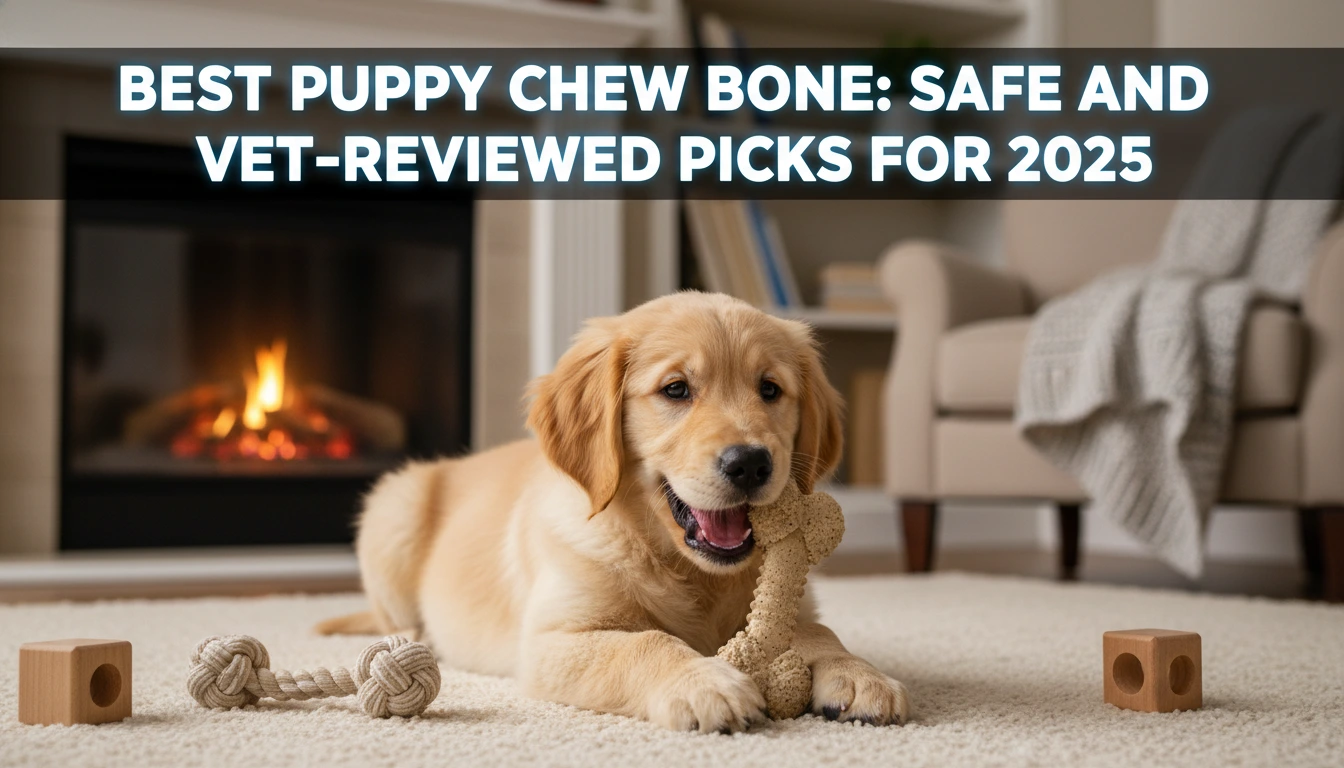
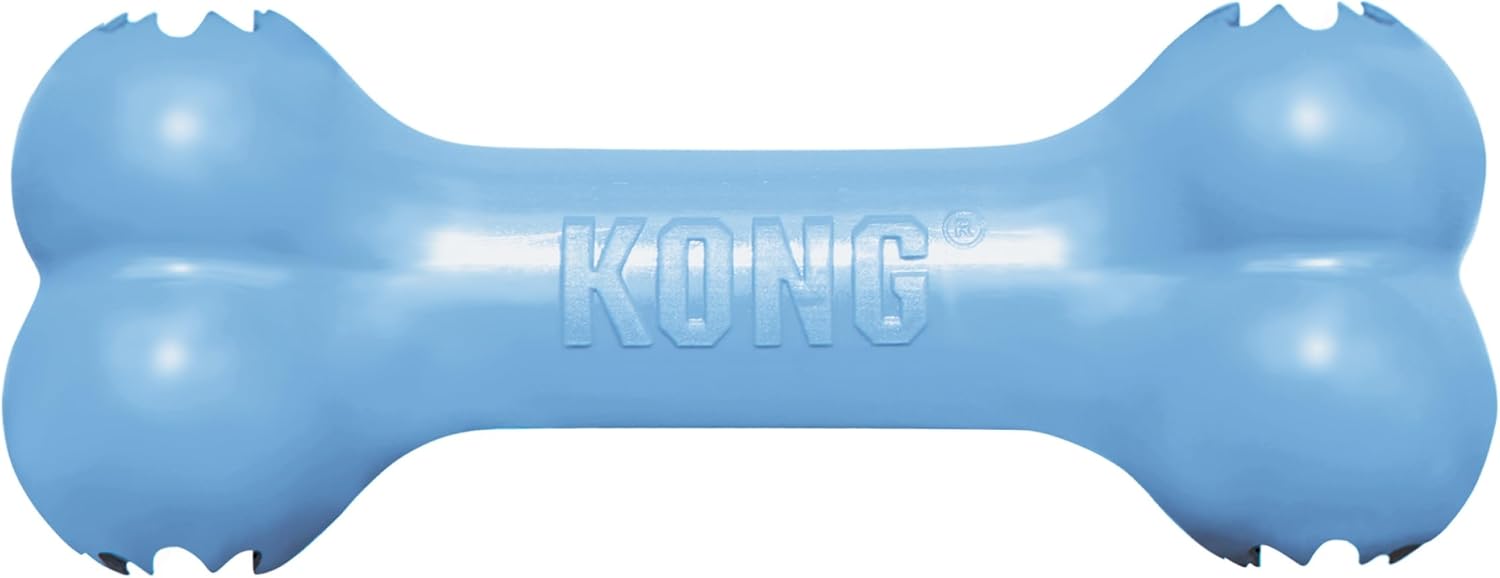
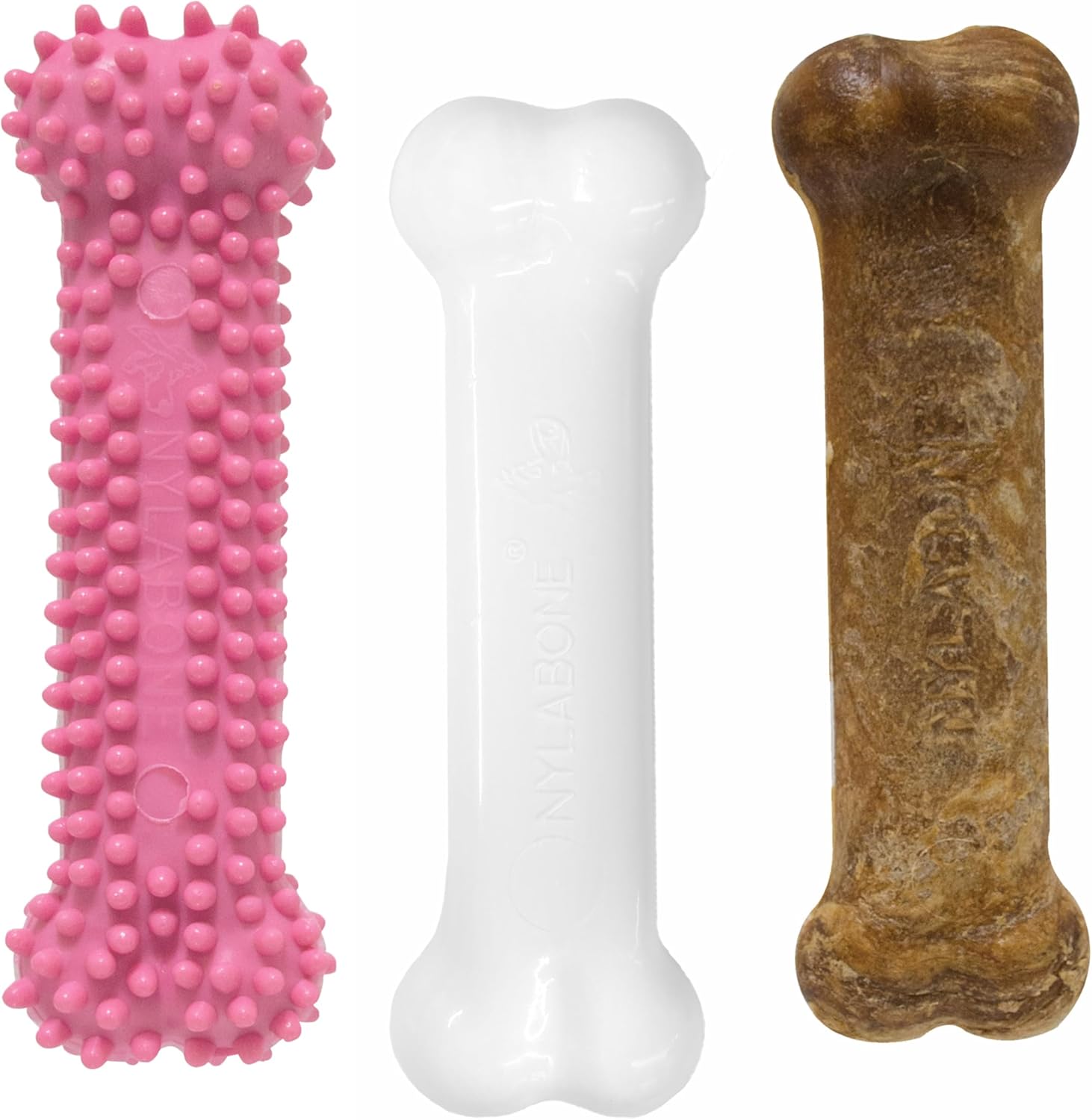


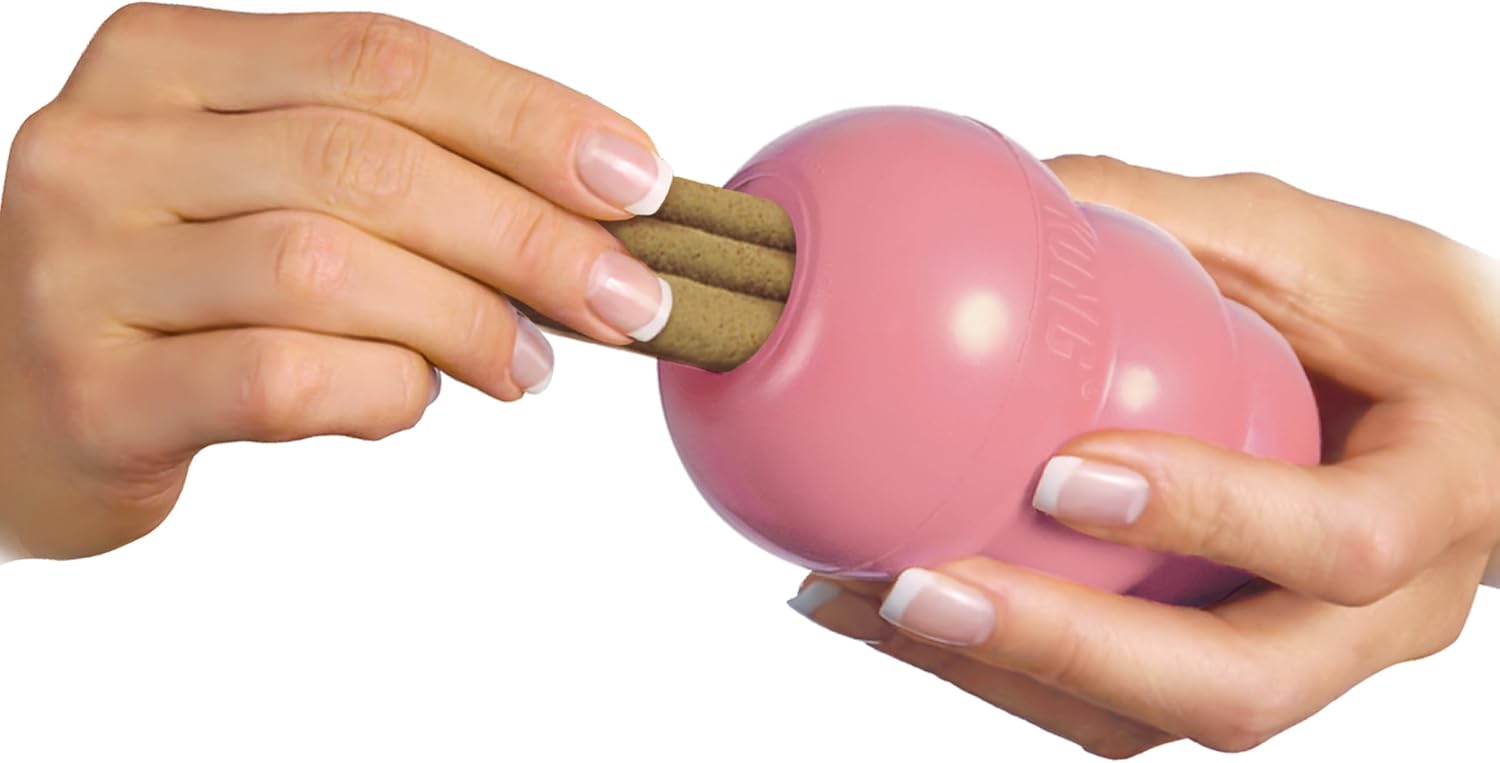



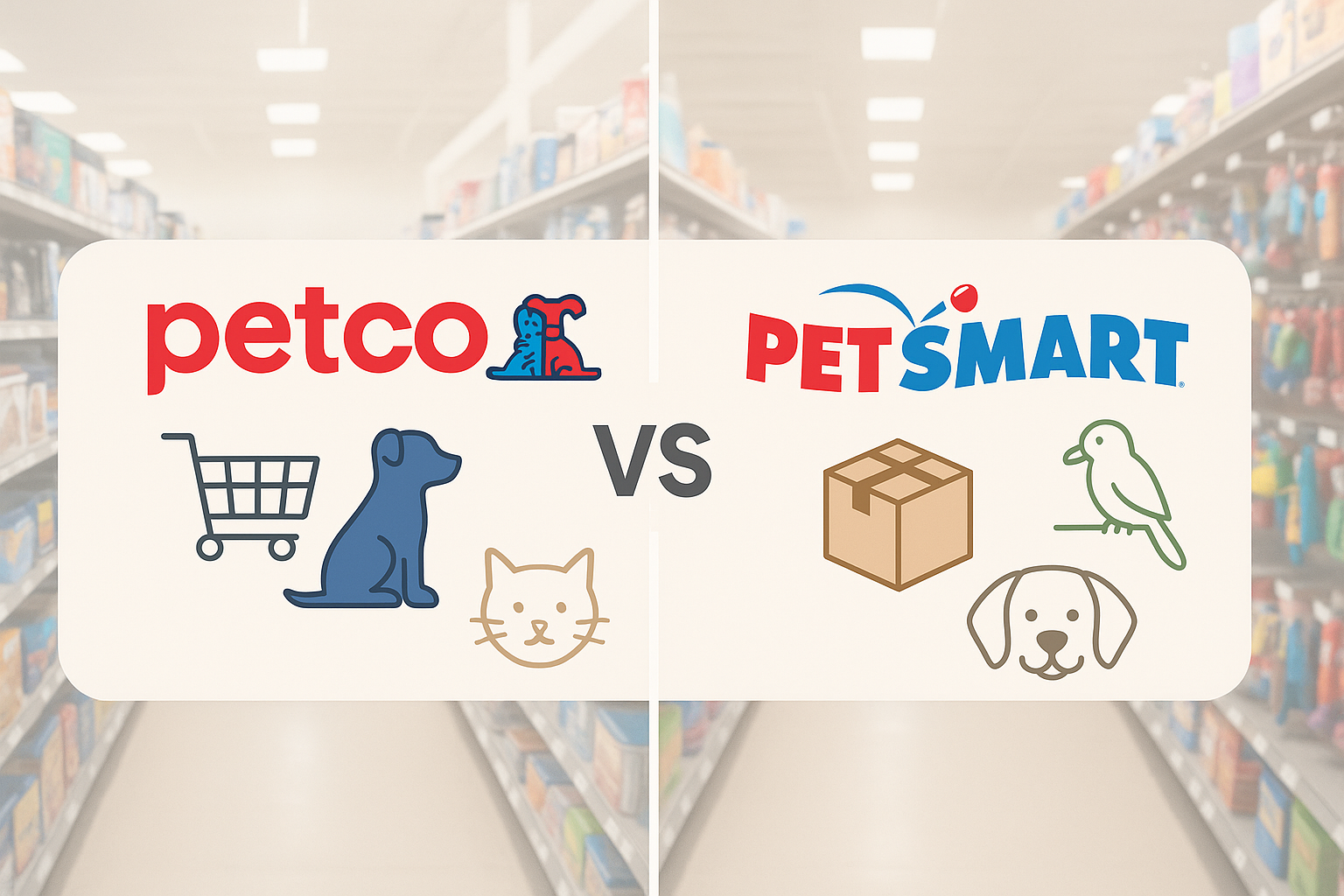
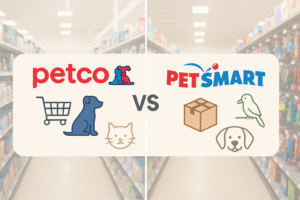
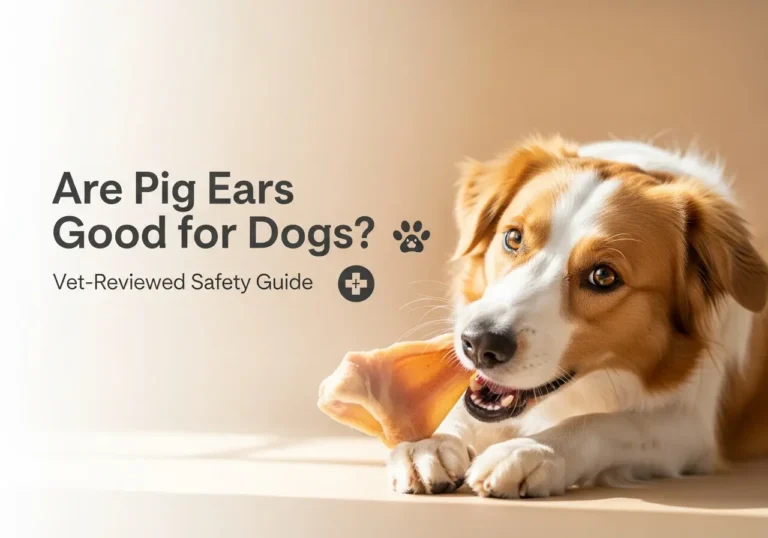
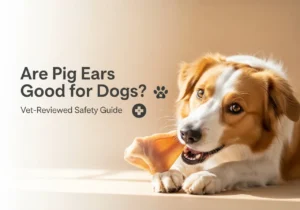
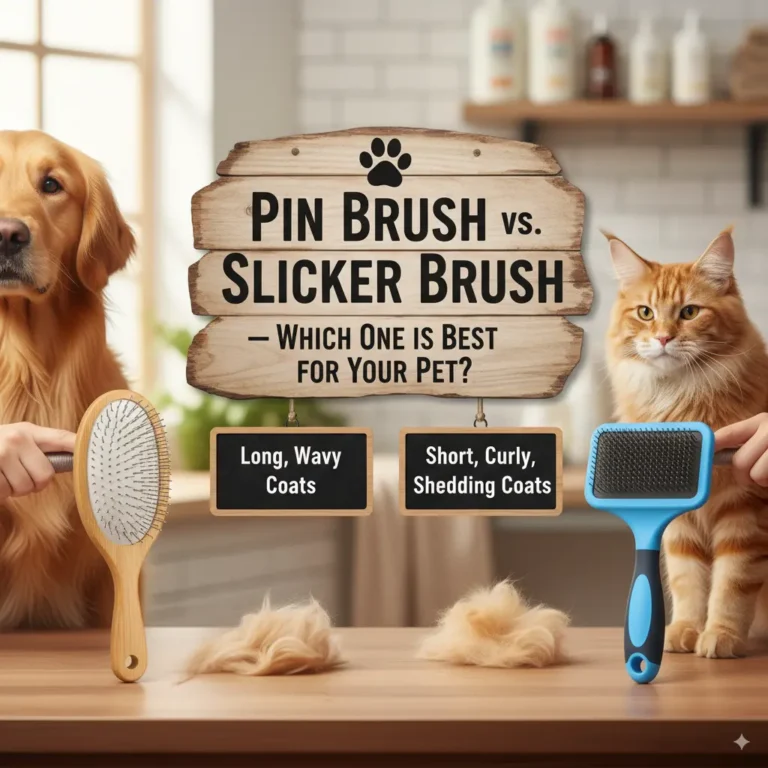
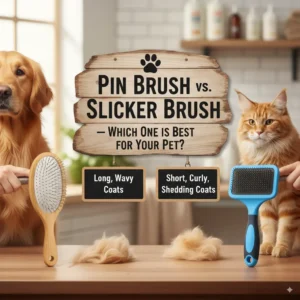


1 Comment
Comments are closed.